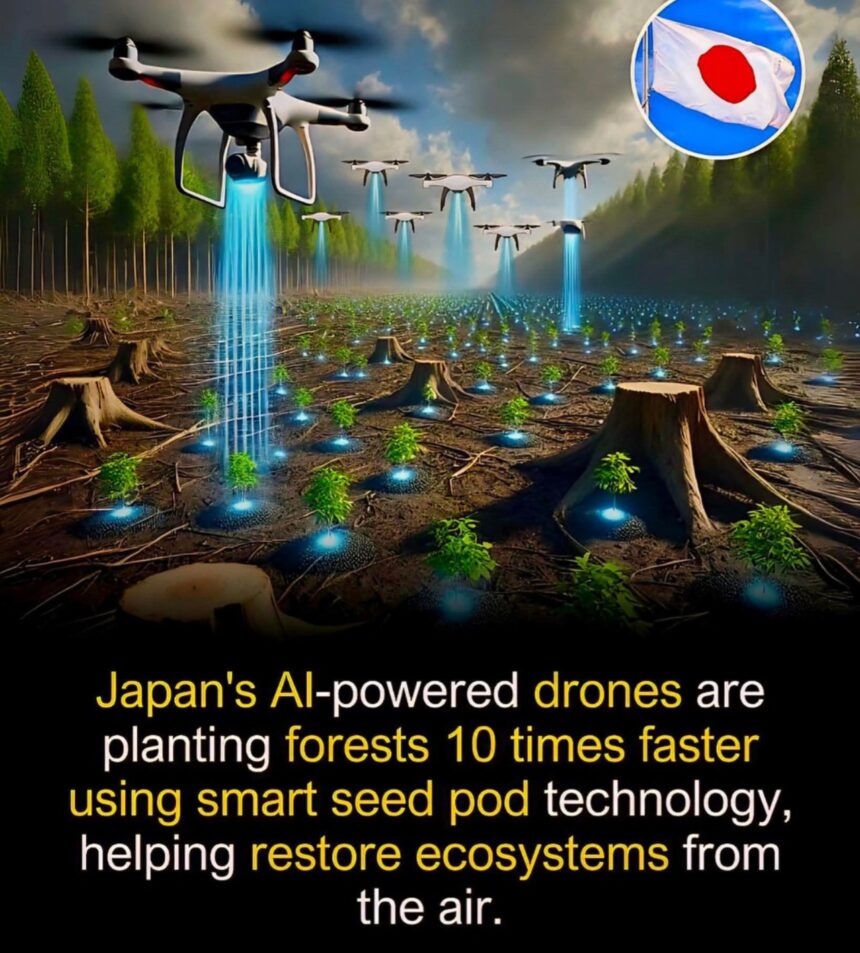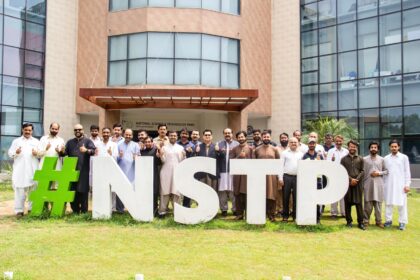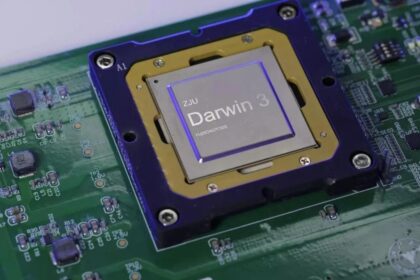Japanese AI-powered drones are revolutionizing reforestation efforts by using LiDAR technology to map terrain and disperse biodegradable seed capsules enriched with nutrients and fungi. This innovative approach has achieved an 80% seed germination rate in wildfire-affected forests in Kumamoto, Japan—significantly higher than the 30-50% success rates reported for traditional manual planting methods.
The technology is grounded in advanced applications of LiDAR, which provides precise mapping of forested areas and helps estimate their carbon sequestration potential. According to a 2023 study by FARO, LiDAR’s accuracy supports scalable models for forest restoration, offering valuable tools to address global deforestation. The United Nations Food and Agriculture Organization (FAO) noted in its 2020 Global Forest Resources Assessment that approximately 10 million hectares of forests are lost worldwide every year, underscoring the urgent need for effective reforestation solutions.
Unlike conventional approaches that require intensive labor and significant investment—such as the $900,000 reforestation project in Ontario’s Ogoki Forest in Canada—Japan’s solar-powered drone fleets adapt to real-time changes in the landscape. This adaptability allows drones to navigate difficult terrain and areas facing labor shortages, fundamentally transforming ecological restoration practices and offering a practical strategy to combat large-scale environmental challenges.











